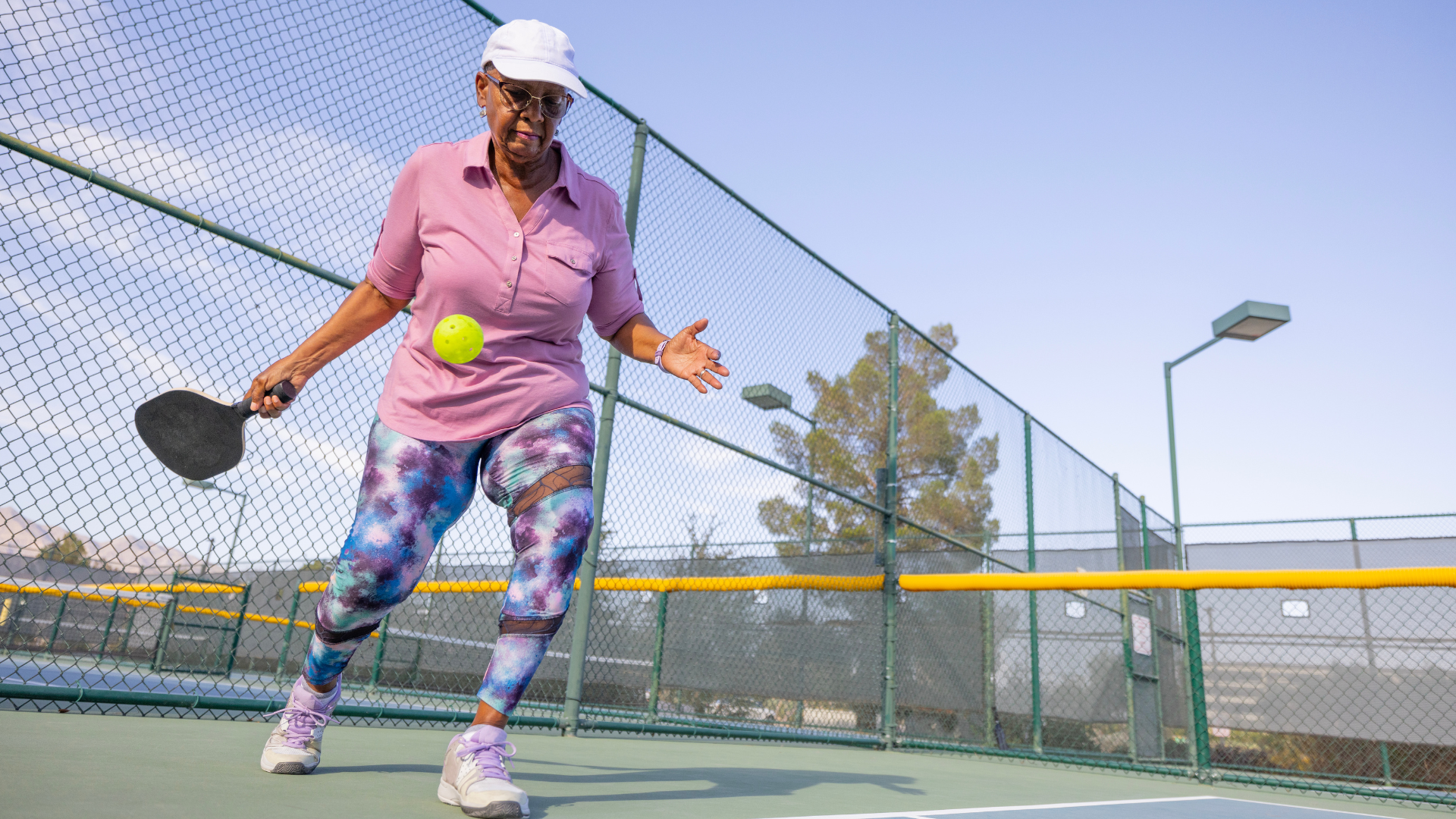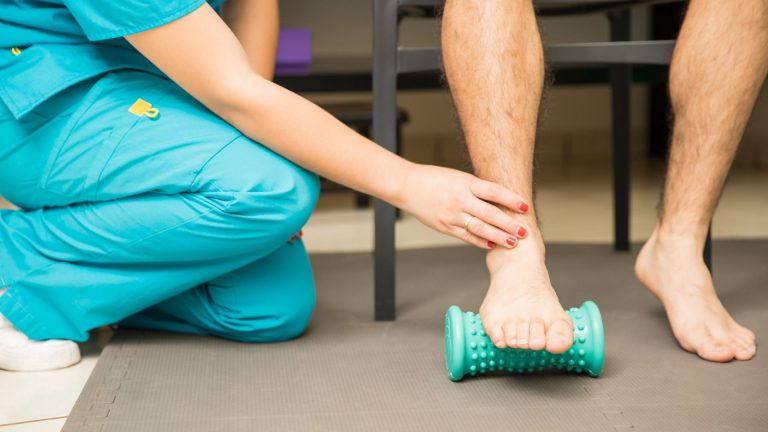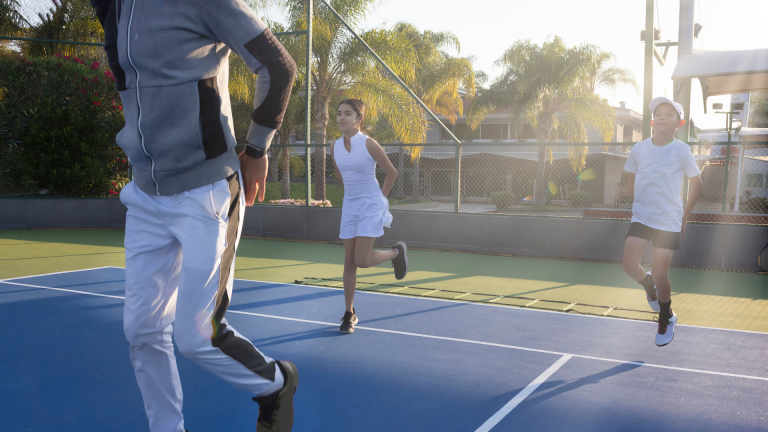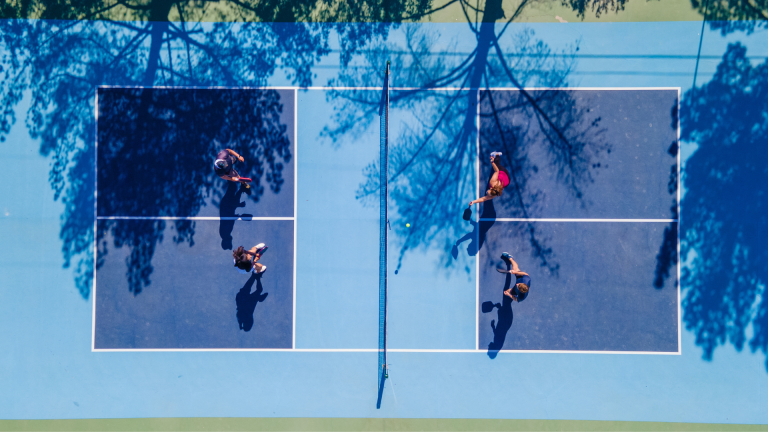Pickleball Mobility and Flexibility Basics
If you are new to pickleball, you might be wondering about the best ways to move on the court. Pickleball is a fun and engaging sport that combines elements of tennis, badminton, and ping-pong. Learning proper movement can help you prevent injuries and improve your game. It’s all about being quick, balanced, and ready for anything the game throws your way.
Focusing on footwork and agility can make a big difference in your performance. Start with simple steps like shuffling and staying on the balls of your feet. This helps you move fast and keeps you balanced. Practicing these skills will increase your confidence as you play.Stretching and warming up before a match can help your body adjust to the physical demands of the game. Choose stretches that target the muscles you use most in pickleball, like your legs and arms. Doing this regularly can make your movements more fluid and less tiring.
Want to improve your mobility and stay injury-free on the pickleball court? At Coquitlam Wellness Centre, our expert physiotherapists can help you move better, play stronger, and prevent common injuries. Book your appointment today and keep your game at its best!
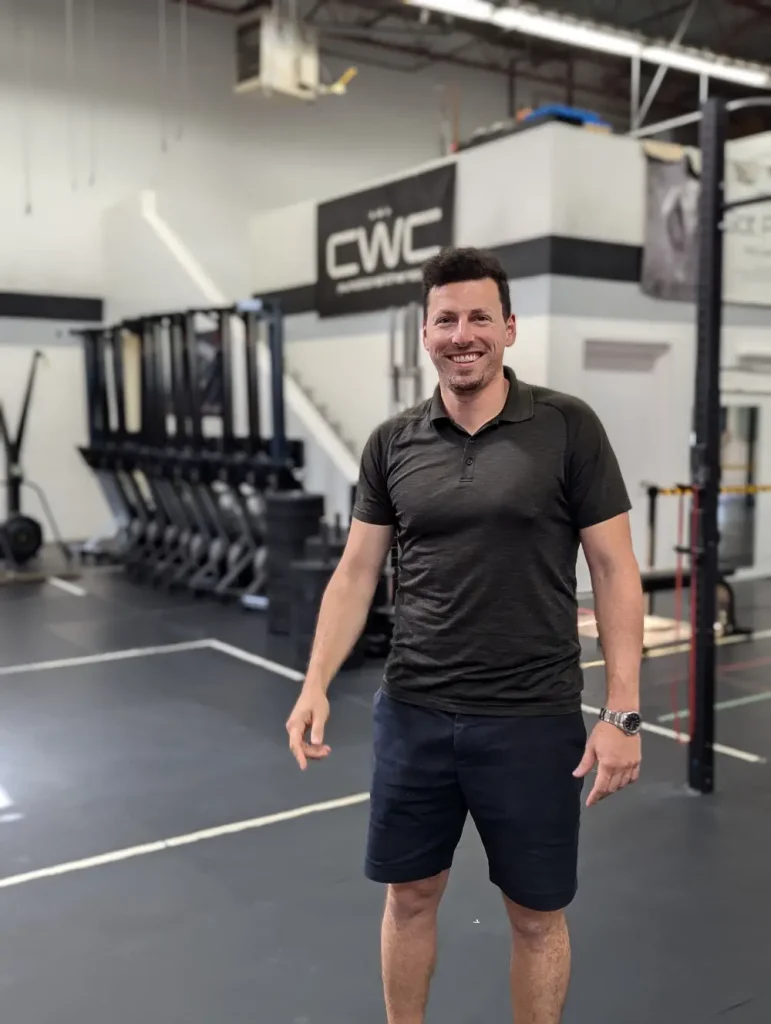
Pickleball Basics
Pickleball is a fun, easy-to-learn sport that combines elements of tennis, badminton, and ping-pong. It’s popular among people of all skill levels. Beginners can enjoy learning about the court layout and necessary equipment first.
Understanding the Court Layout
A pickleball court is like a smaller version of a tennis court. It’s 20 feet wide and 44 feet long. The court features a net in the middle, which stands 36 inches high at the sidelines and 34 inches high at the center.
There are lines marking specific areas on the court. The non-volley zone, or the kitchen, is a 7-foot section extending from the net. You can’t hit the ball in the air while standing in this area.
Each side of the court includes two boxes, known as service courts. When serving, you must hit the ball diagonally across to the opposite service box. Understanding these basic layouts will help you get started playing right away.
Equipment Overview
You’ll need only a few things to play pickleball. First, you need a paddle, which is different from a tennis racket. Paddles are usually made of lightweight materials like wood or composite. They’re smaller than tennis rackets and have a solid face.
The ball used is similar to a wiffle ball. It’s lightweight and has holes in it, which makes it slower than a tennis ball. The size of the ball is also smaller, allowing for easier control.
Lastly, make sure to wear comfortable shoes with good grip for quick movements on the court. Taking care of your equipment ensures a better game experience.
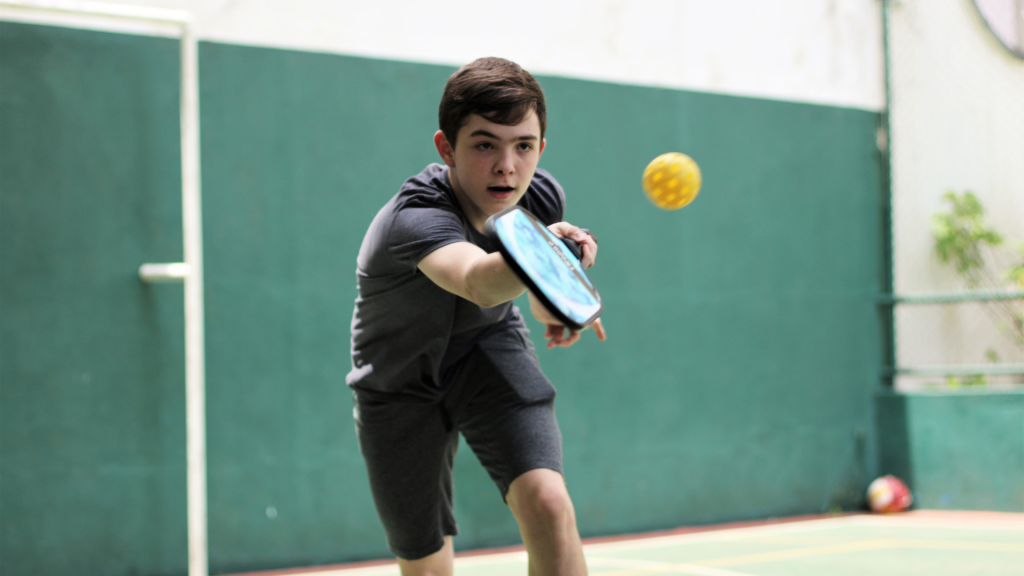
Improving Mobility
Improving mobility in pickleball enhances your performance and reduces injury risk. Focus on footwork, strength, flexibility, and recovery strategies to boost your game.
Footwork Drills
Quick and agile footwork is essential in pickleball. Practice lateral shuffles: Stand with feet shoulder-width apart. Move side to side quickly, keeping your knees slightly bent.
Incorporate ladder drills to improve speed and coordination. Use a rope ladder on the ground and execute various patterns, like stepping in and out quickly.
Jump rope drills are perfect for enhancing foot speed and endurance. Start with basic jumps and gradually increase the speed. Regular practice will help you change directions quickly on the court.
Strength and Conditioning
Boosting your strength aids in better control and power during gameplay. Incorporate bodyweight exercises like squats, lunges, and push-ups. These build core strength which is crucial for stability and balance.
Use resistance bands for added intensity. Bands are excellent for performing exercises like lateral band walks. These target hip and leg muscles, important for strong footwork.
Flexibility is also vital for quick reflexes and reach. Regular strength training should be balanced with flexibility work to improve both power and adaptability.
Flexibility Exercises
Flexibility ensures fluid movements and reduces the risk of injuries. Begin with dynamic stretching before games. Leg swings and arm circles prepare muscles for activity.
Incorporate static stretches after playing. Focus on hamstrings, calves, and shoulders. Hold each stretch for about 20 seconds, breathing deeply.
Yoga and Pilates can be beneficial for flexibility and balance. These practices help maintain and increase your range of motion through targeted poses and exercises.
Recovery and Injury Prevention
To keep your body in top shape, prioritize recovery. Rest days are critical for muscle repair. It helps avoid overuse injuries common in repetitive sports like pickleball.
Use foam rollers to alleviate muscle tightness. Roll gently over major muscle groups, focusing on sore areas. This aids in releasing tension and improving circulation.
Proper hydration and nutrition support recovery. Ensure you drink enough water and consume a balanced diet rich in protein and carbohydrates. Regular check-ins with a healthcare provider can also help monitor and prevent potential issues.
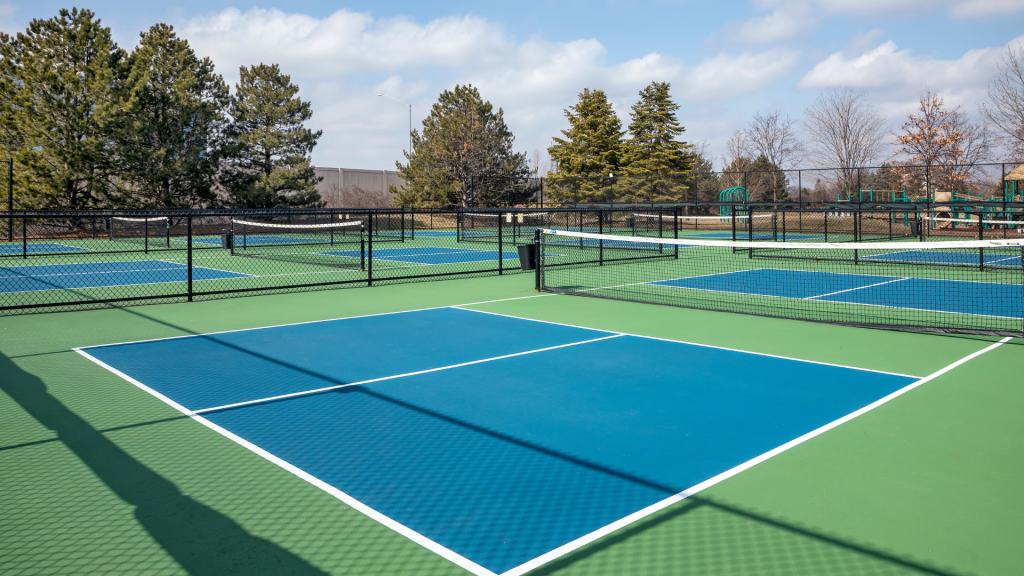
Conclusion
Pickleball is a great activity for improving your mobility. It is fun and easy to learn. Start by practicing basic movements and stretches regularly. This helps you build flexibility and strength.
To make fast progress, practice consistently. Even a few times a week can make a big difference. Always wear proper shoes to protect your feet and gain better traction.
Join a local group to play with others. It’s a good way to stay motivated and improve social skills. Plus, playing with more experienced players can teach you new techniques.
Benefits of Pickleball:
- Boosts coordination
- Improves balance
- Enhances agility
If you’re ready to improve your skills, visit us at Coquitlam Wellness Center in Coquitlam, BC. We offer classes and support to help you achieve your goals.

